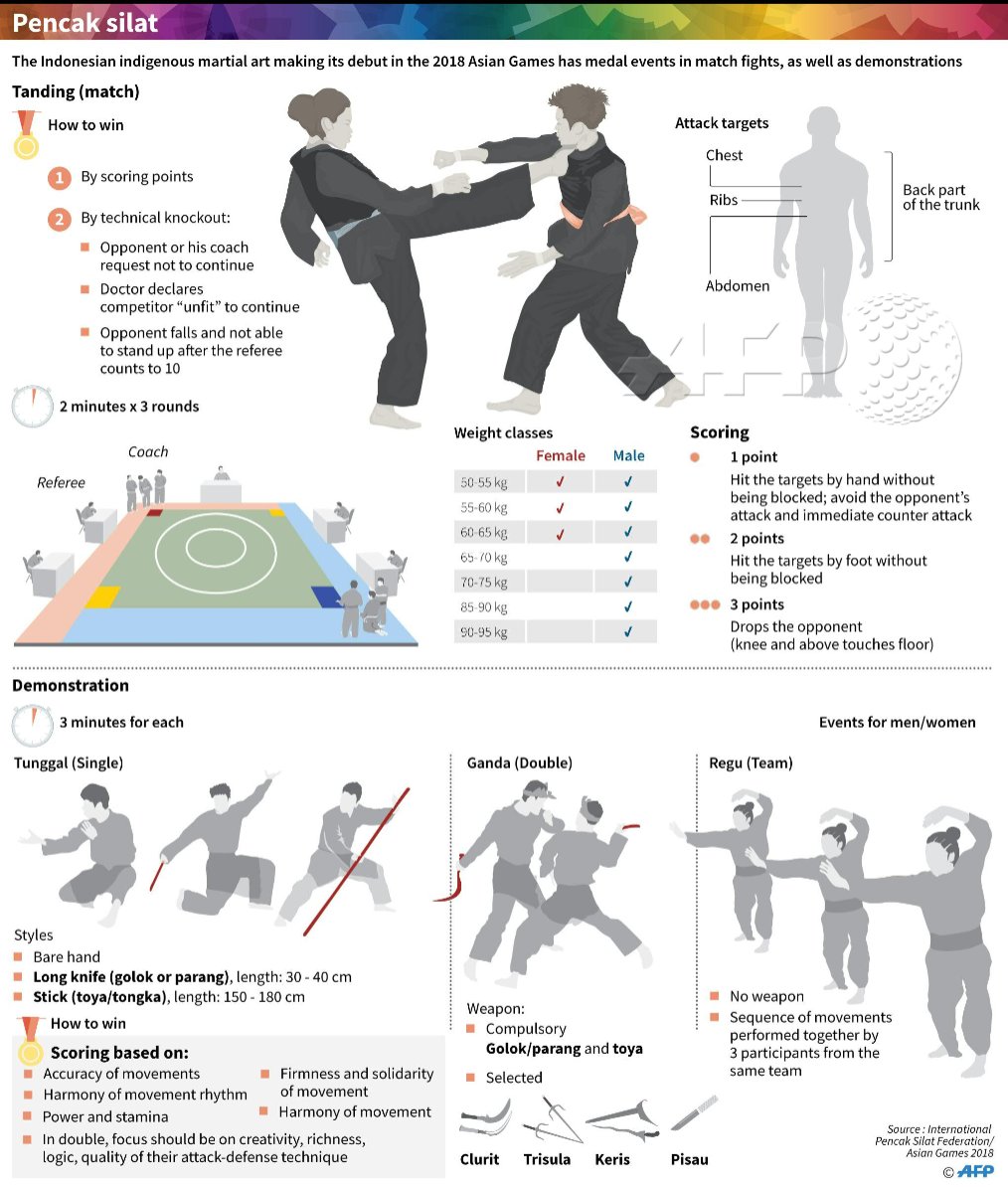Revealing The Selection Of Martial Arts Disciplines: An Overview From Karate To Taekwondo
Revealing The Selection Of Martial Arts Disciplines: An Overview From Karate To Taekwondo
Blog Article
Short Article Written By-Haugaard Francis
Are you tired of sensation bewildered by the substantial world of fighting styles? With a lot of designs to select from, it can be easy to get lost in a sea of punches, kicks, and mystical names. But anxiety not!
This discussion will certainly debunk the different fighting styles designs, taking you on a trip from the effective strikes of Karate to the dynamic kicks of Taekwondo. Prepare to discover the origins, techniques, and viewpoints behind these ancient art kinds.
So, tighten your belt and prepare to start an enlightening exploration right into the captivating globe of fighting styles.
Beginnings of Martial Arts Styles
The beginnings of martial arts designs can be mapped back to old worlds and their requirement for self-defense and combat strategies. Throughout history, different societies developed their own special methods of fighting, each with its own collection of methods and viewpoints.
In China, as an example, fighting styles designs such as Kung Fu and Tai Chi were established as a way of protection and improving physical and psychological well-being.
In Japan, the samurai warriors produced styles like Karate and Judo, concentrating on technique, precision, and mastery of the body.
In a similar way, in Korea, Taekwondo emerged as a martial art emphasizing high kicks, quick movements, and psychological fortitude.
These early human beings laid the structure for the diverse array of martial arts designs that exist today, each with its own rich history and cultural significance.
Techniques and Training Techniques
To master martial arts designs, experts have to find out different techniques and training techniques.
Methods are the particular motions and actions made use of in combat, such as punches, kicks, tosses, and blocks. Various martial arts styles have their own special collection of techniques that specialists need to understand via extensive training.
Training methods differ relying on the style, but they typically involve a combination of physical conditioning, drills, competing, and forms.
Physical conditioning is essential to construct strength, adaptability, and endurance. look at here now help specialists fine-tune their strategies and improve their rate and precision.
Sparring enables professionals to exercise their strategies in a regulated, reasonable atmosphere. Kinds, likewise called kata, are ironclad sequences of movements that assist specialists develop muscle memory and focus.
Viewpoints and Principles
Exploring the viewpoints and concepts of fighting styles designs can provide you with a deeper understanding of your picked technique. Each martial art has its very own one-of-a-kind ideology and set of leading principles that form the way it's practiced.
For example, Karate emphasizes technique, regard, and self-discipline. https://exercise-martial-arts-for22109.blog-eye.com/33353842/which-style-of-youth-martial-arts-is-suitable-for-your-child educates experts to concentrate their body and minds, allowing them to defend themselves while preserving a feeling of inner tranquility.
On the other hand, Taekwondo places a strong focus on speed, dexterity, and versatility. Its principles are rooted in the tenets of courtesy, stability, determination, self-discipline, and indomitable spirit.
Final thought
Now that you have actually checked out the beginnings, methods, and philosophies of different fighting styles designs, you have a much deeper understanding of these old self-controls.
Imagine a young karate trainee, practicing with steadfast resolution and emphasis, appearing boards with a powerful punch.
Their trip showcases the commitment and toughness called for to master a fighting style, advising us that with discipline and perseverance, anything is feasible.
